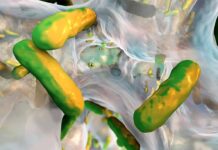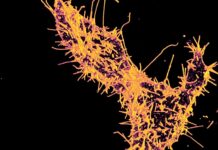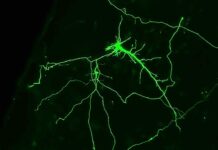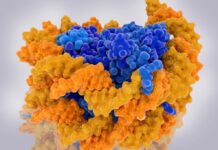The Influence of Transposable Elements on Tumor-Specific Antigens
A recent study published in Nature Genetics has revealed intriguing new insights into the role of transposable elements, also known as “jumping genes,” in the identification of proteins that target tumours. These findings could pave the way for the development of novel cancer therapies that offer more generalised treatment across patients with specific cancer types than existing treatments.
TEs and Tumour-Specific Antigens
Transposable elements are short, repetitive sequences that have the ability to copy themselves into different regions of the genome. Typically, TEs remain silent in normal cells, but when a cell becomes cancerous, they can start to migrate to various regions of the genome. When a transposable element inserts itself into the coding area of a gene, it reaches the final protein product, resulting in the formation of numerous tumour-specific antigens. These antigens, which are proteins on the surface of the tumour cell that flag the cell for immune destruction, are formed when cancer genes and transposable elements combine.
Research Methods: A Closer Look
The researchers conducting the study used bioinformatics approaches to analyze data from The Cancer Genome Atlas (TCGA), a vast, open-source database containing genetic sequences of various human tumour samples. Specifically, they examined mRNA sequencing data from over 10,000 samples in 33 different tumour types for chimeric transcripts. Chimeric transcripts are produced when two different genes are fused together, creating a hybrid transcript that encodes a protein that is different from the original proteins. The researchers found approximately 2,300 unique chimeric transcripts that were specific to tumours across all cancer types. Furthermore, they discovered that 98 percent of tumours had at least one chimeric transcript event.
Tumor-Specific Antigens and MHC Pull-Down
To identify tumour-specific antigens, the researchers utilized MHC pull-down, a technique used to isolate proteins on the surface of the tumour cell. They obtained the cell lines in the lab and used mass spectrometry to identify the antigens, finding evidence that tumour-specific antigens were translated from chimeric transcripts.
Conclusion: Future Implications
The implications of these findings are significant. Immunotherapies such as CAR-T cell therapy and cancer vaccines rely on tumour-specific antigens. Identifying specific mutations is effective in cancers with a high mutation load, such as melanoma, but less effective in other cancers with a low mutation rate, such as glioblastoma and pediatric cancers. Chimeric transcripts provide a vast source of new antigens, sometimes more abundant than mutation-driven tumour-specific antigens. Chimeric transcription events are more recurrent across tumours of the same cancer type, which could allow researchers to design therapies that work for multiple patients with the same cancer. Therefore, this research could help in the development of cancer therapies in the future, which are generalizable across patients with specific cancer types.
Google News | Telegram
















